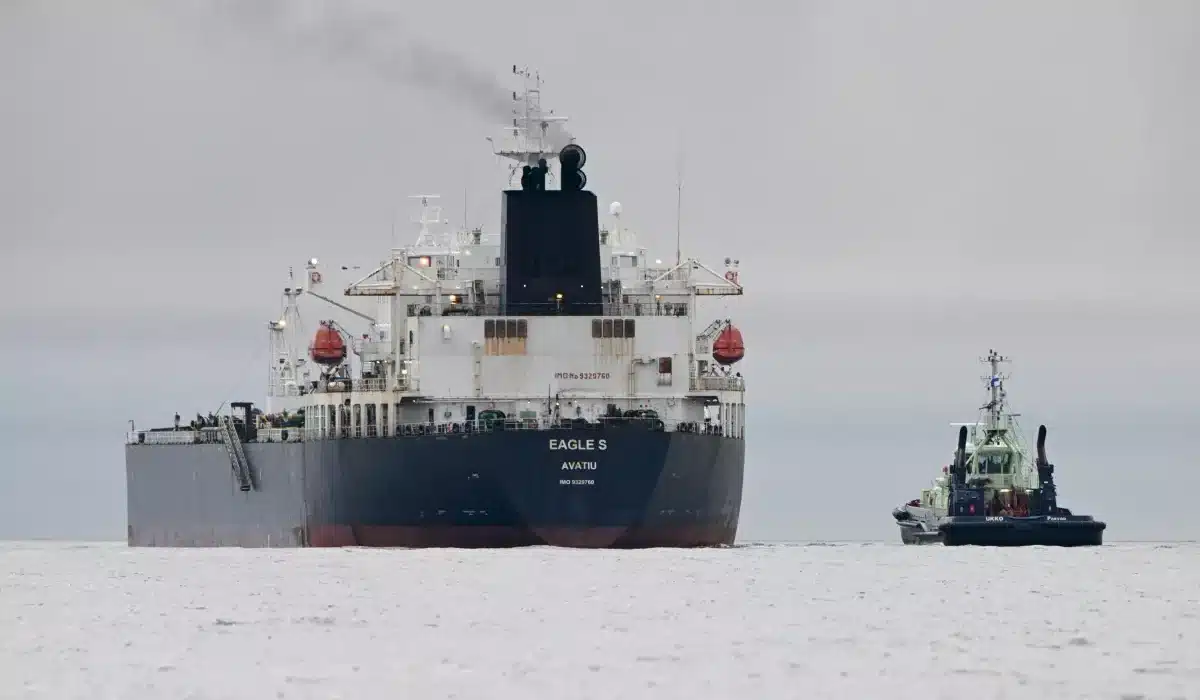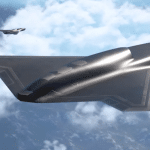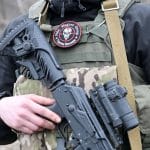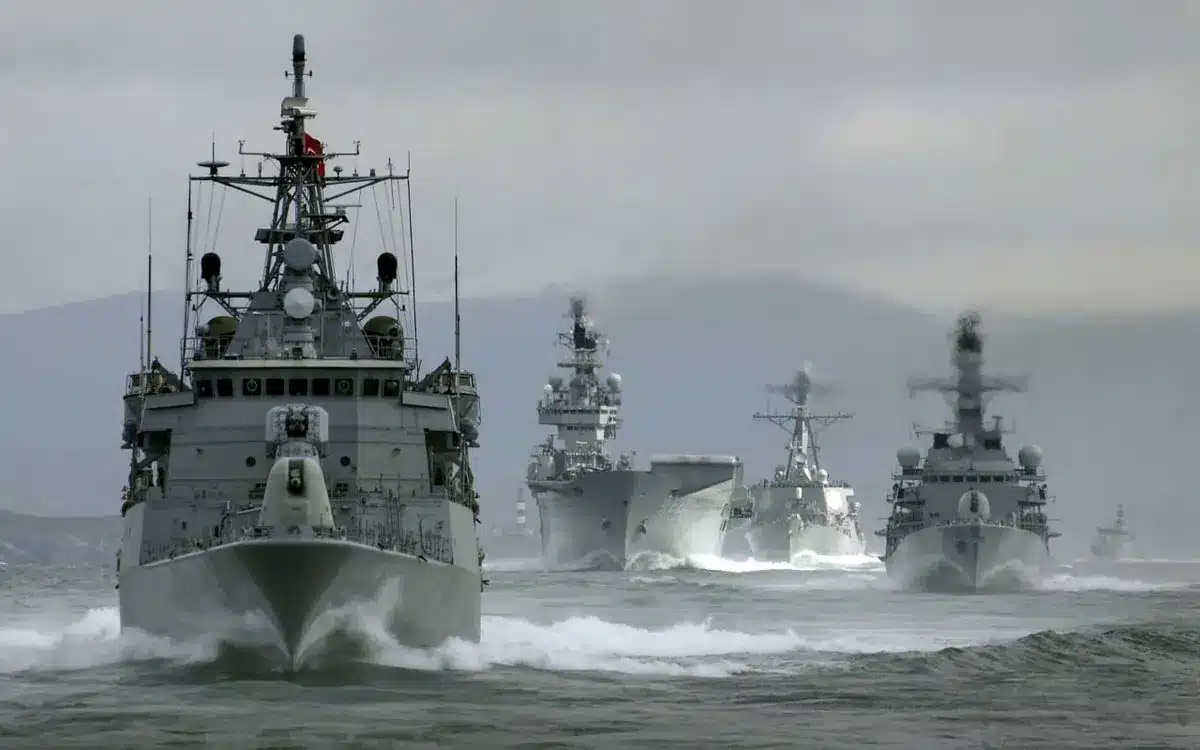Confronted with aging, opaque tankers in the shadow fleet, Europe is no longer relying solely on blacklists and port bans. It is deploying a web of sensors (SAR and RF satellites, coastal radars, VTS, “sniffer” RPAS), tying them into fusion centers (EMSA/IMS, SafeSeaNet, THETIS), and projecting air and naval assets to turn suspected sanctions-evasion into inspection, detention, or outright bans. The objective is straightforward: make it costly to use dubious flags, risky ship-to-ship transfers, and AIS blackouts.
Sensors first: seeing when AIS goes dark
The shadow fleet banks on AIS cut-offs; Europe answers with a SAR–RF tandem. SAR sees at night and through foul weather; RF picks up a ship’s emissions (navigation radar, VHF, etc.). Combined, these cues highlight the “echo with no identity” of a dark vessel and provide an actionable initial lead.
Over straits and sensitive anchorages, maritime patrol aircraft (MPA) layer surface radar, ESM, and EO/IR to confirm suspect tracks. EMSA drones extend presence with EO/IR cameras, light maritime radar, an AIS receiver and crucially “sniffer” sensors that sample SOx/NOx in exhaust plumes. The result is a technical chain of evidence that helps prioritize which hulls face scrutiny alongside the quay.
Ashore, Vessel Traffic Services (VTS) stitch together coastal radar and AIS to flag the tell-tales: prolonged stops, rendezvous typical of STS transfers, abnormally low speeds. These are high-value triggers that help pre-plan an inspection even before bunkering.
Data at the core: from correlation to decision
Europe’s edge is in fusion. SafeSeaNet aggregates port calls, positions, and alerts; Copernicus and CleanSeaNet contribute satellite products (SAR/optical) and slick detection. National centers no longer sift through a “pile of feeds” but work from a shared, up-to-date maritime picture.
Outcomes translate into inspection priorities with THETIS: hull age, anomaly history, flag, class, and recent behaviors. The system computes a Ship Risk Profile that materially guides Port State Control (PSC) on the pier and helps cut false negatives.
Intervention: from suspicion to enforcement
Once the legal basis is established, boarding and detention follow. Coast guards increasingly trial long-endurance USVs (Saildrone-type) to keep a discreet but persistent watch over the routes favored by the shadow fleet—low-cost persistence with light radar, electro-optics, sometimes acoustics, and automated alerts when two hulls “linger” together too long.
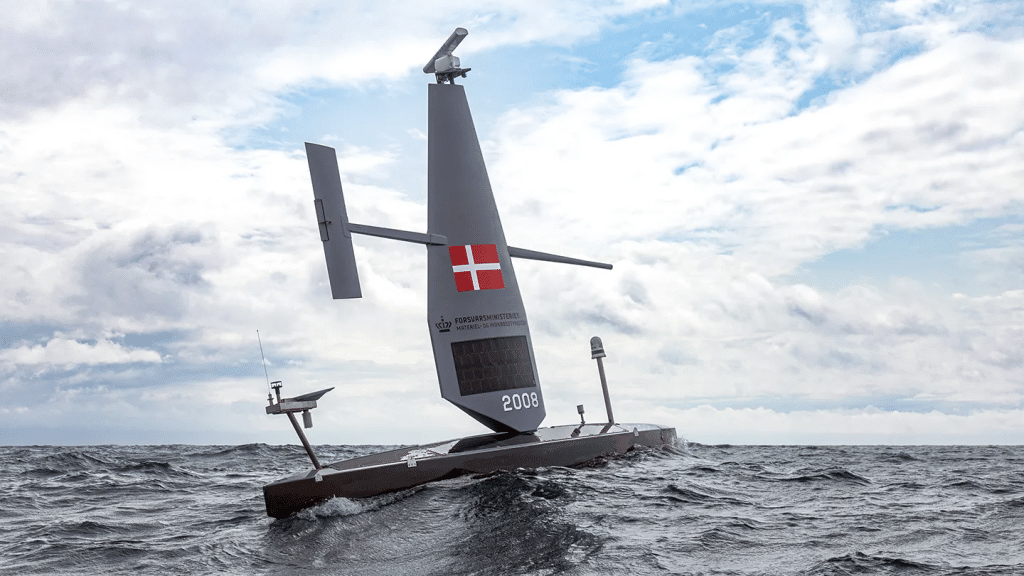
Following the Paris MoU, which restricts access to ports, the issue becomes very real: targeted inspection, document checks (P&I insurance, class compliance, registries), detention for serious deficiencies, then refusal of access (regional ban) in case of repeat offenses. The message is simple: no calls in the North Atlantic region more time lost, higher costs.
In parallel, the fight plays out in charter parties. AIS clauses penalize unjustified switch-offs; strict P&I verification and the hunt for fake flags dry out the ecosystem of services (bunkering, pilotage, cargo handling). The risk becomes commercial, not just a policing matter.
Ground truth: what the straits are showing
Denmark has turned Skagen into a technical checkpoint where environment, safety, VTS, and maritime police work as a team; valid insurance, AIS/STS track records, and ship condition are screened before a tired tanker is allowed to proceed. It’s sober, repeatable, and deterrent.
In Estonia, control hinged on registries: invalid flag, boarding, then an administrative battle. In Germany, navigation safety and environmental risk justified taking control of a drifting tanker.
In France, interception culminated in criminal proceedings; in Finland, the Eagle S case linked this fight to the protection of critical undersea infrastructure. In each instance, a technical lever opened the door to a legal response.
Where innovation is moving now?
The real break is evidence by data. A SAR image that aligns with an RF signature and a defective AIS track is hard to dispute. AI building blocks are reducing false positives and accelerating patrol tasking.
EMSA RPAS and USVs fill the gaps between MPA passes, stretching observation windows over known STS areas at a fraction of the cost of keeping a large hull at sea.
By standardizing AIS clauses, requiring verifiable P&I, and penalizing fake registries, ports and charterers turn public policy into service denial in private contracts. It’s less visible than a high-seas seizure—but often more decisive.
The shadow fleet thrives in technical and legal gray zones. Europe is squeezing those margins: sensors that don’t sleep, fusion that aligns agencies, patrols that are no longer random, and contracts that shut doors. As AI sharpens correlation and port practices converge, every port call becomes a higher-risk bet for operators who once relied on opacity.

